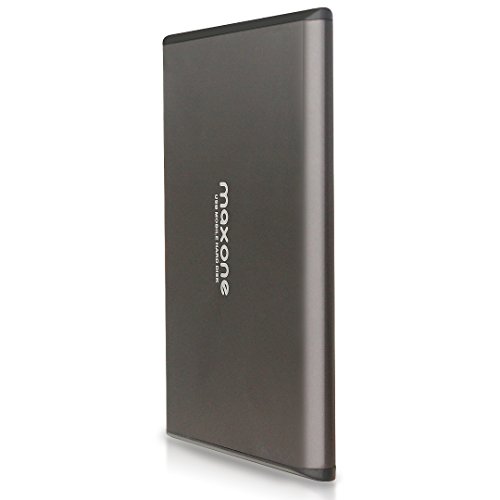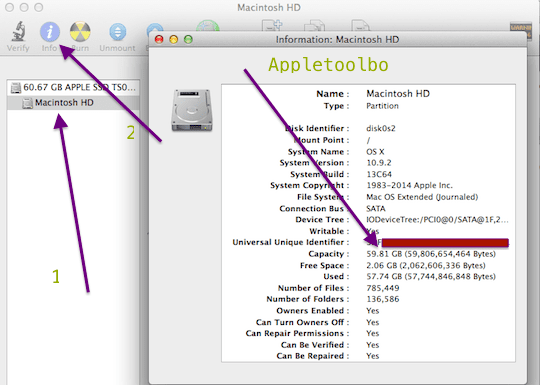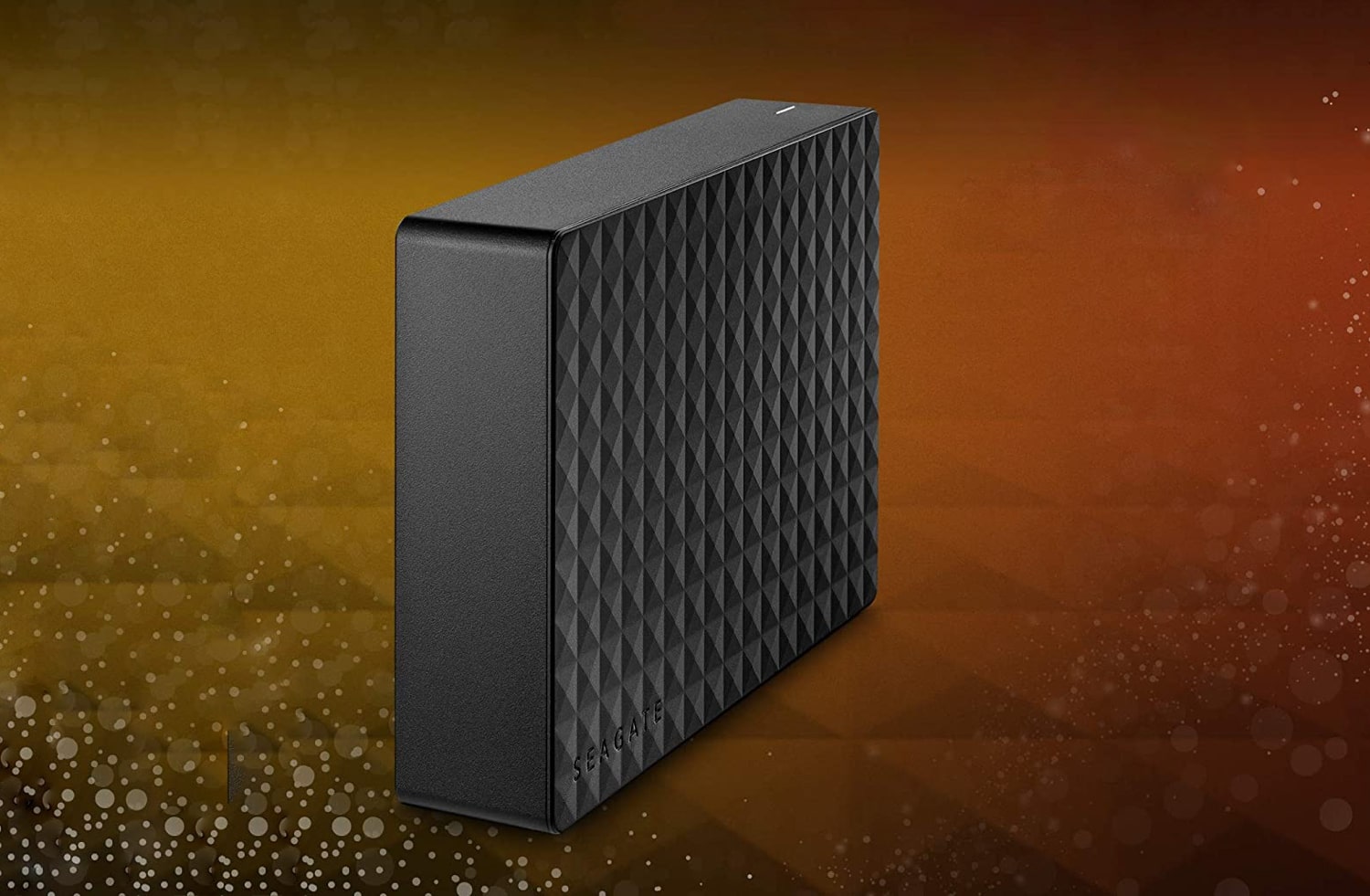

You will need one external hard drive for your Time Machine (or other) backup and a second if you plan to offload some files. Run a Time Machine (or other) backup since you are about to delete and move files and you may need to recover from any inadvertent mistakes or decisions. Leave the machine on overnight without running the Energy Saver or closing the lid. Start iPhoto, empty its trash and restart the computer. Delete all files in the Downloads folder. If you let the space fall much below 9 GB you might not be able to boot your machine. You may want to maintain at least 20 GB of free space so when your disk starts filling again it will have some room before it hits that 10 GB mark again. If you have less than 10 GB you definitely need to delete or offload some files or purchase a lager disk or SSD (see below). If you have less than 20% disk space then it is time to roll up your sleeves and search for what you can delete and what you can offload to another disk.

If you are concerned that the “Other” category of disk usage is taking too much space then look here: See About Time Machine's 'local snapshots' on Mac notebooks: and What are Local Snapshots?. To get rid of these snapshots simply plug in your Time Machine backup drive and run a backup. Time Machine uses up to 80% of the disk space for local snapshots. Or in the case of the consumer this means you keep folders for large imported or created data and you ritually offload and archive this data for safekeeping, not only to safeguard the data in case your macbook has a HD crash, or gets stolen, but importantly in keeping the ‘breathing room’ open for your computer to operate, expand, create files, add applications, for your APPS to create temp files, and for general operation. Professionals who create and import very large amounts of data have almost no change in the available space on their computers internal HD because they are constantly archiving data to arrays of external or networked HD. You should never be put in the position of considering “deleting things” on your macbook SSD in order to ‘make space’. In the case of a Macbook Air or Macbook Pro Retina with ‘limited’ storage on the SSD, this distinction becomes more important in that in an ever rapidly increasing file-size world, you keep vital large media files, pics, video, PDF collections, music off your SSD and archived on external storage, for sake of the necessary room for your system to have free space to operate, store future applications and general workspace. The ONLY reason you would really need a bigger SSD is if you plan on installing a few 100 APPS and working on big video editing on your Air.and i DOUBT thats the case. You need an external HD for static files and large media files.


My Disk space in Macbook Air is running out,


 0 kommentar(er)
0 kommentar(er)
